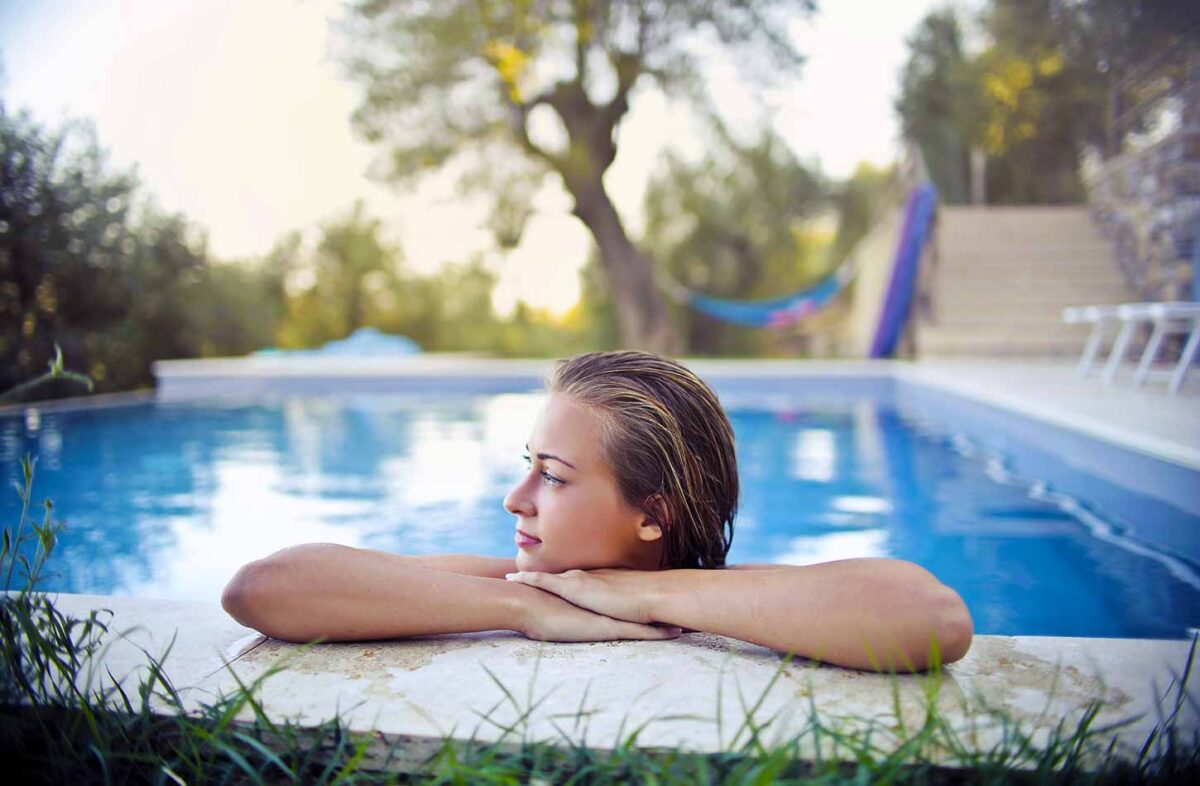Owning a swimming pool should be a pleasure and take you approximately 15 minutes once a week to maintain following these simple tips listed below:
Clear all baskets once a week – there are two baskets. One is situated at the swimming pool where the automatic pool cleaner is plugged, and the other is at the pump. It is important to empty both. If the baskets are not regularly emptied the chlorine which is produced goes to waste/gets stuck on the “debris” retained in these two baskets.
Brush swimming pool walls and steps down once a week – even if you have an automatic pool cleaner, unfortunately we all know that they do not climb the walls or the steps, so the water stays stagnite in these areas and bacteria loves those areas and will happily make a home for itself in those corners and calm waters
Backwash pool (approx. 1 min or until you can see that the water coming out is clear- it will start out extremely dirty and brown) and rinse (approx. 15 seconds) once a week. Make sure that the automatic pool cleaner is unplugged before doing the backwash.
A very important point is to turn the handle back to “filter’ immediately – this sounds like an obvious thing to mention, but you would be surprised as how many people forget to do this and drain half the swimming pool by forgetting and cause damage to the swimming pool pump.
Test water – this you can you do at home or by going down to nearest swimming pool shop. Most local swimming pool outlets test water for free and offer good advice on how to keep your swimming pool water perfect for bather comfort.
We recommend the water balance to be:
- PH : 7.4
- Alkalinity : 120 ppm
- Free & Total Chlorine: 2 ppm
- Stabilizer: 40 ppm
- Salt: 5000 ppm
Having the correct PH is important especially if you have children spending long lengths of time in the swimming pool. If the PH is too low, bathers will complain of burning eyes, itching skin and skin rashes may develop. A PH of 7.4 is where the bather swimming is most comfortable.
Alkalinity is there to regulate the PH and make sure that the PH does not bounce up and down – it acts like the shock absorber of the PH and will to maintain it.
Free Chlorine is the chlorine that we can test and that is there and able to do its job against bacteria and always keeping the clarity of the swimming pool water.
Total Chlorine is a reading that can be very deceiving – it will show that you have chlorine (you would even be able to smell the chlorine) in the swimming pool but unfortunately this chlorine is not “free” and cannot do its work effectively – it means that the swimming pool has a “virus” and treatment is needed. If you are experiencing this issue, we suggest that you take your swimming pool water sample to your nearest pool shop, and they will assist you in solving this issue and suggest a suitable treatment.
Stabilizer is necessary as it acts as “sun block” for the chlorine against the sun. Unfortunately, the sun/heat draws out the chlorine as quickly as the chlorinator can produce it and the stabilizer forms a “film” around the chlorine as it gets produced allowing it to protect itself against the sun’s harsh rays and enables the chlorine to do its work in keeping the bacteria away. Swimming pools which run with floaters will rarely need stabilizer to be added as floaters release stabilizer at the same time as they release chlorine.
Salt is added in big doses as the chlorinator is installed and is normally checked every 2nd month – at your local pool shop – and would need 1 or 2 bags of 25kg to be added.
Clean electrode of salt water chlorinator – Remove three prongs/cables – Unscrew the electrode – Rinse under a tap and gently rub in between plates with a chopstick. You do not need to do this at the pump area – you can move to any tap situated in your garden.
We would suggest the following running times of the pump as per the size of the swimming pool:
- 20 000 liters – average running time of 5 hours a day
- 30 000 liters – average running time of 7 hours a day
- 40 000 liters – average running time of 9 hours a day
- 50 000 liters – average running time of 10 hours a day
Following these simple steps above will make your swimming pool an absolute dream and pleasure to own.


